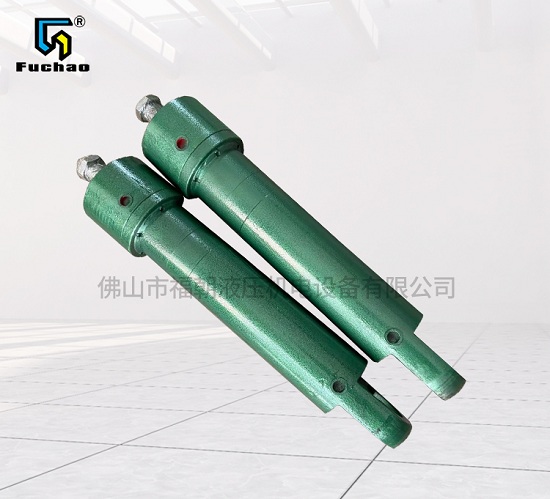Hydraulic cylinder As an important hydraulic transmission component in industrial production, its dimensional accuracy determines its performance and safety.
Therefore, during the production and manufacturing process of hydraulic cylinders, dimensional inspection is required to ensure that they meet the standard requirements.
This article will introduce Hydraulic cylinder manufacturer The standard used for dimensional inspection.
1、 Inspection standard for dimensional tolerance of hydraulic cylinder
The dimensional tolerance of the hydraulic cylinder refers to the maximum and minimum dimensional deviation that the hydraulic cylinder can achieve under normal use conditions.
In use, if the dimensional tolerance of the hydraulic cylinder exceeds the specified standard range, the use effect and safety will be affected,
Therefore, the dimensional tolerance is one of the items that must be checked in the dimensional inspection of hydraulic cylinders.
The inspection standards for dimensional tolerance of hydraulic cylinders mainly include the following aspects:
(1) Linear dimension tolerance: including the tolerance range of diameter, length, spacing and other dimensions.
(2) Roundness tolerance: used to detect the roundness of the hydraulic cylinder surface, that is, the distance from the hydraulic cylinder surface to the high point and to the low point.
(3) Eccentricity tolerance: used to detect the offset between the hydraulic cylinder center and the reference plane.
(4) Parallelism tolerance: used to determine the parallelism between the head bearing surface and the bottom bearing surface of the hydraulic cylinder.
(5) Perpendicularity tolerance: it is used to detect the perpendicularity between the head bearing surface and the bottom bearing surface of the hydraulic cylinder.

2、 Inspection standard for hydraulic cylinder surface
Surface inspection of hydraulic oil cylinder refers to checking whether there are problems on the surface of hydraulic oil cylinder, such as excessive surface roughness, foreign matter attachment, unevenness, cracks, etc.
The surface inspection standards of hydraulic cylinders are mainly for the following items:
(1) Surface roughness: the surface roughness of hydraulic cylinder shall comply with relevant standards.
(2) Foreign matter on the surface: there shall be no foreign matter on the surface of the hydraulic cylinder, or its service life may be affected.
(3) Surface unevenness: the surface of the hydraulic cylinder must not be uneven, or it may affect the sealing.
(4) Surface crack: there shall be no crack on the surface of the hydraulic cylinder, or it may affect its structural strength and safety.
3、 Standard for performance inspection of hydraulic cylinders
The performance inspection of hydraulic cylinder refers to the load test, leakage test and other relevant performance inspection of hydraulic cylinder under certain conditions.
Performance inspection standards for hydraulic cylinders include:
(1) Static performance: refers to the steady load performance of the hydraulic cylinder, including load test and strength test.
(2) Dynamic performance: refers to the time-varying load performance of the hydraulic cylinder, including the cycloidal crankshaft mechanism test and dynamic characteristic test.
(3) Leakage performance: refers to the sealing performance of hydraulic cylinder, including pressure loss test and leakage test.
(4) Air tightness: refers to the air tightness of hydraulic cylinder, including air tightness test and reliability test.
in summary, Hydraulic cylinder factory The standards used for dimensional inspection mainly include hydraulic cylinder dimensional tolerance inspection standards, hydraulic cylinder surface inspection standards, hydraulic cylinder performance inspection standards, etc. Only when the standard requirements are met in many aspects can the use of hydraulic cylinders be guaranteed.



